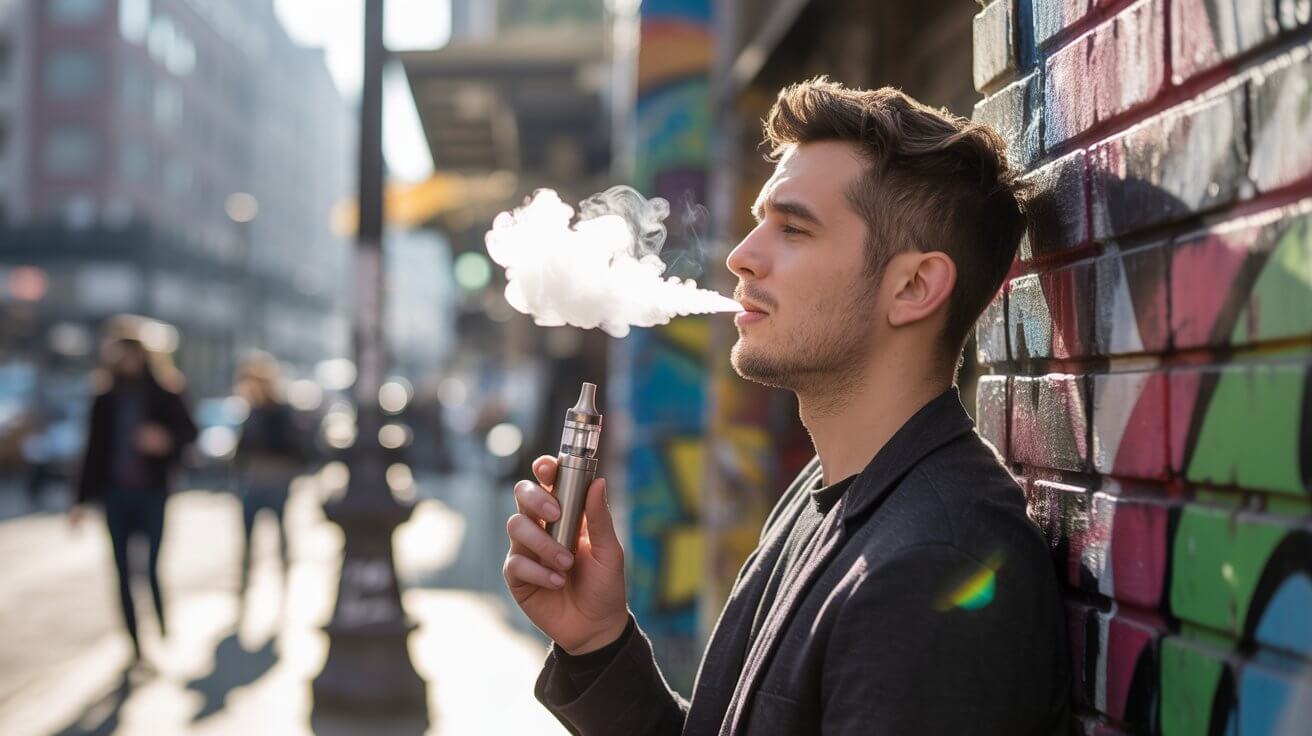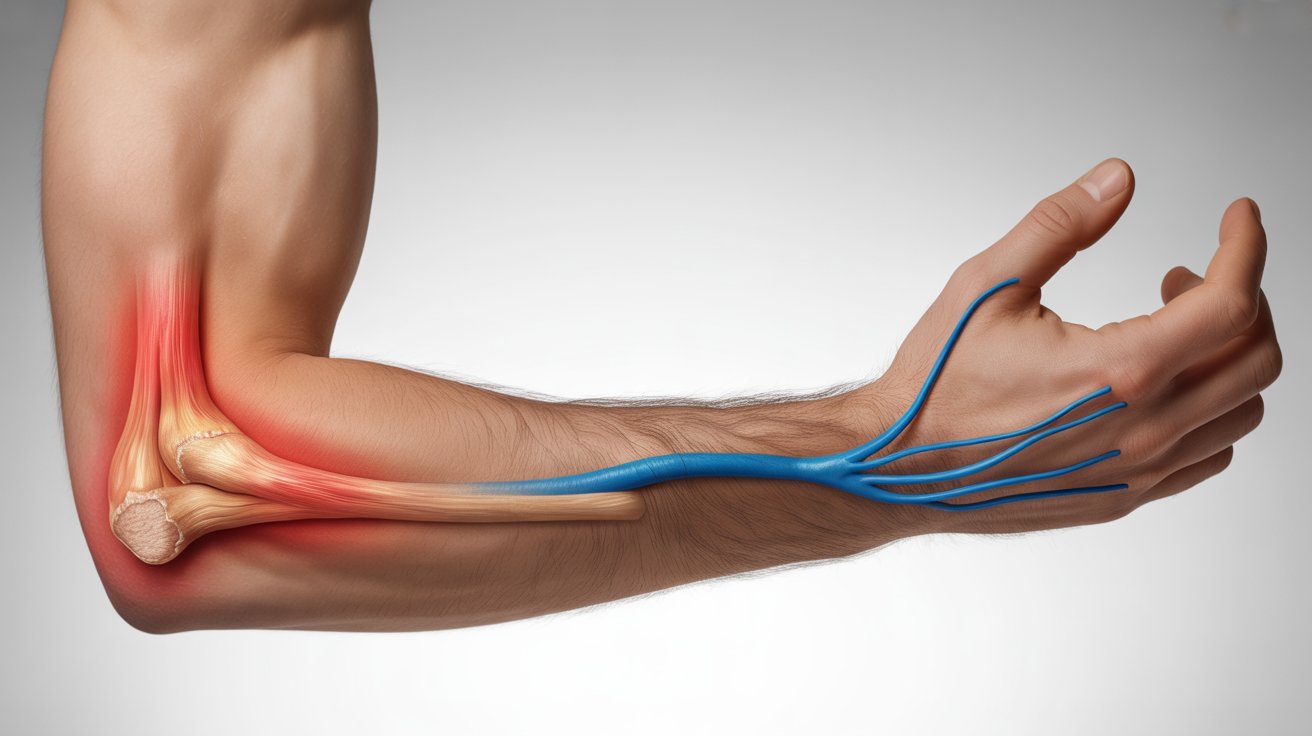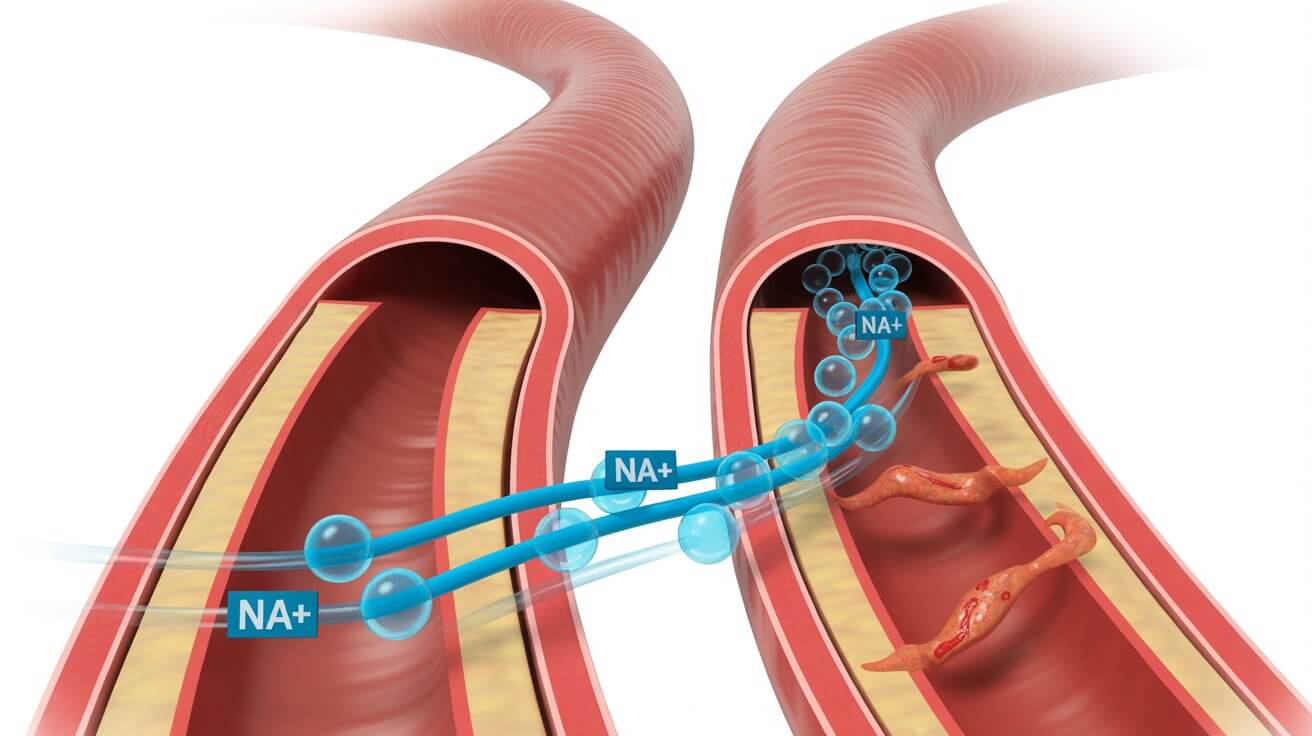It often starts subtly. A friend offers a sleek, colorful device at a party, promising a fruity flavor with a satisfying ‘buzz.’ Or perhaps you believe you’re choosing a ‘safer’ alternative to cigarettes. The cloud of sweet-smelling vapor seems harmless, a modern way to unwind. But that innocent cloud can mask a storm gathering in your body, as many are discovering the hidden dangers of vaping. This is the reality for millions of Americans, often unaware of the complex health risks that are only now coming into full view.
From “Harmless Vapor” to a Chemical Cocktail: What Are You Inhaling?
The conversation around vaping is clouded by myths. Many believe it’s just “flavored water vapor,” a harmless pastime. This couldn’t be further from the truth. To understand the risks, it’s essential to know what’s actually inside that aerosol. When a person uses an e-cigarette, a battery-powered device heats a liquid (often called “e-liquid”) into an aerosol that is inhaled. This is not water vapor. Understanding the ingredients in e-liquid is the first step to grasping the full scope of the dangers of vaping.
The Role of Nicotine: More Than Just a Buzz
The most well-known ingredient is nicotine, the same highly addictive substance found in tobacco. Some popular brands contain nicotine levels comparable to, or even higher than, a pack of cigarettes. This is particularly dangerous for the adolescent brain, which continues to develop until about age 25. Nicotine exposure during these critical years can disrupt brain circuits that control attention and learning, and it can prime the brain for future addiction to other drugs.
Beyond Nicotine: The Aerosol’s Hidden Ingredients
The aerosol you inhale contains a host of other potentially toxic substances. These include:
- Ultrafine Particles: These can be inhaled deep into the lungs, where they can cause inflammation and damage.
- Flavoring Chemicals: Many flavorings are considered safe to eat, but not to inhale. One infamous example is diacetyl, a chemical linked to a serious and irreversible lung disease called “popcorn lung.”
- Volatile Organic Compounds (VOCs): At certain temperatures, the main ingredients in e-liquid can decompose into cancer-causing chemicals like formaldehyde.
- Heavy Metals: The heating coil can release heavy metals like nickel, tin, and lead, which are then carried into your lungs.
More Helpful Reads You Might Like:
What Does Vaping Do to Your Lungs and Body?
The consequences of inhaling this chemical cocktail are becoming increasingly clear, and they range from acute crises to long-term chronic disease. The question “is vaping safe?” is being answered more clearly by science every day.
EVALI: The Acute Lung Injury Crisis
In 2019, the CDC began tracking a nationwide outbreak of a severe lung illness called EVALI (E-cigarette, or Vaping, product use-Associated Lung Injury). Patients, many young and otherwise healthy, arrived at hospitals with severe shortness of breath and chest pain. Many required intensive care. While investigations pointed to vitamin E acetate as a primary culprit in some cases, the full range of risks is not yet known.
Long-Term Vaping Health Risks: Heart and Lungs
Beyond the risk of EVALI, long-term vaping is associated with a growing list of vaping health risks. Chronic inflammation can damage the delicate tissues of the lungs, leading to conditions like chronic bronchitis and worsening asthma. The cardiovascular system is also at risk. Nicotine raises blood pressure and spikes adrenaline, increasing the heart rate and the risk of a heart attack. Emerging evidence suggests that even short-term vaping can stiffen the arteries, a precursor to heart disease.
How to Quit Vaping: A 5-Step Practical Guide
If you or someone you care about is caught in the vapor cloud, the most important step is to seek help and make a plan. Quitting nicotine is challenging, but it is achievable.
1. Understand Your “Why”
Are you quitting for your long-term health? To save money? Connecting to a powerful personal reason can provide the motivation needed to push through difficult moments.
2. Talk to a Healthcare Professional
A doctor or a trained quit-coach can provide invaluable support. They can discuss nicotine replacement therapy (NRT) and other prescription medications proven to help people quit.
3. Identify Your Triggers
Do you vape when you’re stressed? Bored? Identifying these triggers is the first step to developing coping strategies, like deep breathing, a short walk, or listening to music.
4. Build a Support System
Let friends and family know you’re quitting. There are also excellent resources available, such as the national quitline (1-800-QUIT-NOW) and the Truth Initiative, which offer free, confidential coaching.
5. Be Patient with Yourself
Quitting is a journey. If you slip up, don’t see it as a failure. See it as a learning opportunity. Recommit to your goal and keep moving forward.
Seeing Through the Cloud: Your Health Is the Priority
The allure of vaping is powerful, built on sleek marketing and pervasive myths. But behind the sweet flavors and enticing clouds lies a significant public health concern. The allure of vaping is powerful, but acknowledging the scientific evidence on the dangers of vaping is the most critical step toward protecting your health. Your lungs, your heart, and your brain will thank you for it. Making the decision to quit, or to never start, is one of the most powerful investments you can make in your long-term well-being.
Frequently Asked Questions (FAQ) About Vaping
Here are answers to some of the most common questions people have about the health implications of using e-cigarettes.
1. Is vaping really safer than smoking traditional cigarettes?
This is one of the most persistent and dangerous myths about vaping. While traditional cigarettes contain thousands of chemicals from burning tobacco, and are undeniably harmful, “safer” does not mean “safe.” Think of it this way: jumping from a 10-story building is safer than jumping from a 100-story building, but both can be catastrophic. E-cigarette aerosol contains nicotine, heavy metals, and cancer-causing chemicals. The most honest answer, based on current medical science, is that vaping introduces its own unique and serious health risks, including severe lung injury (EVALI) and long-term damage to your heart and lungs. The only truly safe option is to avoid both.
2. Are nicotine-free vapes safe to use?
It’s logical to assume that removing the nicotine would make a vape harmless, but unfortunately, that isn’t the case. The danger doesn’t come only from nicotine. The very act of heating the e-liquid—even a nicotine-free one—creates an aerosol full of potentially harmful substances. This includes ultrafine particles that can lodge deep in your lungs, flavoring chemicals like diacetyl that are linked to “popcorn lung,” and volatile organic compounds. Your lungs are designed to inhale clean air, not a heated chemical mixture, regardless of whether nicotine is present.
3. Can vaping help me quit smoking?
While some people report successfully using e-cigarettes to quit smoking, this is not an FDA-approved method for smoking cessation. The CDC and other major health organizations do not recommend vaping as a quit tool. The primary concern is that many people who try to use vapes to quit smoking end up using both products (becoming “dual users”) or simply trade one addiction for another. There are safer, more effective, and medically proven methods to help you quit, including nicotine replacement therapies (like patches and gum) and prescription medications, combined with counseling. These methods have decades of research proving their effectiveness and safety.
4. Are the health damages from vaping reversible?
The answer depends on the type of damage and how long a person has been vaping. Some effects, like the increased heart rate and blood pressure from nicotine, may improve after quitting. Inflammation in the lungs can also decrease over time. However, some damage is feared to be permanent. Conditions like chronic bronchitis or the severe scarring from “popcorn lung” are irreversible. Furthermore, the long-term consequences of inhaling these chemicals for years are still not fully known. The best way to protect your health and allow your body to heal is to quit as soon as possible. The sooner you stop, the better the chance your body has to recover.
Medical Disclaimer: This content is for educational purposes only and does not replace professional medical advice, diagnosis, or treatment. Always consult your physician or a qualified healthcare provider with any questions about a medical condition.
Sources & Further Reading
- PubMed Central (PMC): Cardiopulmonary Consequences of Vaping in Adolescents: A Scientific Statement From the American Heart Association. (2022)
https://www.ncbi.nlm.nih.gov/pmc/articles/PMC10452590/ - Centers for Disease Control and Prevention (CDC ): E-Cigarette Use Among Youths, Teens, and Young Adults. (2024)
https://www.cdc.gov/tobacco/e-cigarettes/youth.html - American Lung Association: What’s in an E-Cigarette?
https://www.lung.org/quit-smoking/e-cigarettes-vaping/whats-in-an-e-cigarette - Johns Hopkins Medicine: 5 Vaping Facts You Need to Know.
https://www.hopkinsmedicine.org/health/wellness-and-prevention/5-vaping-facts-you-need-to-know - Harvard Health Publishing: Can vaping damage your lungs? What we do (and don’t ) know.
https://www.health.harvard.edu/blog/can-vaping-damage-your-lungs-what-we-do-and-dont-know-2019090417734 - National Institute on Drug Abuse (NIDA ): Vaping Devices (Electronic Cigarettes) DrugFacts.
https://nida.nih.gov/publications/drugfacts/vaping-devices-electronic-cigarettes









